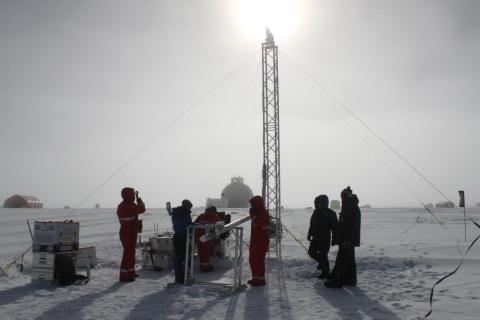
Amaelle Landais: reconstructing the climate of the past using ice cores
Amaelle Landais is a glaciologist and climatologist at the Laboratory for Sciences of Climate and Environment (LSCE - Univ. Paris-Saclay, CNRS, CEA, UVSQ). She is interested in the climate of the past, which she attempts to reconstruct through the development of instruments and numerous experiments.
